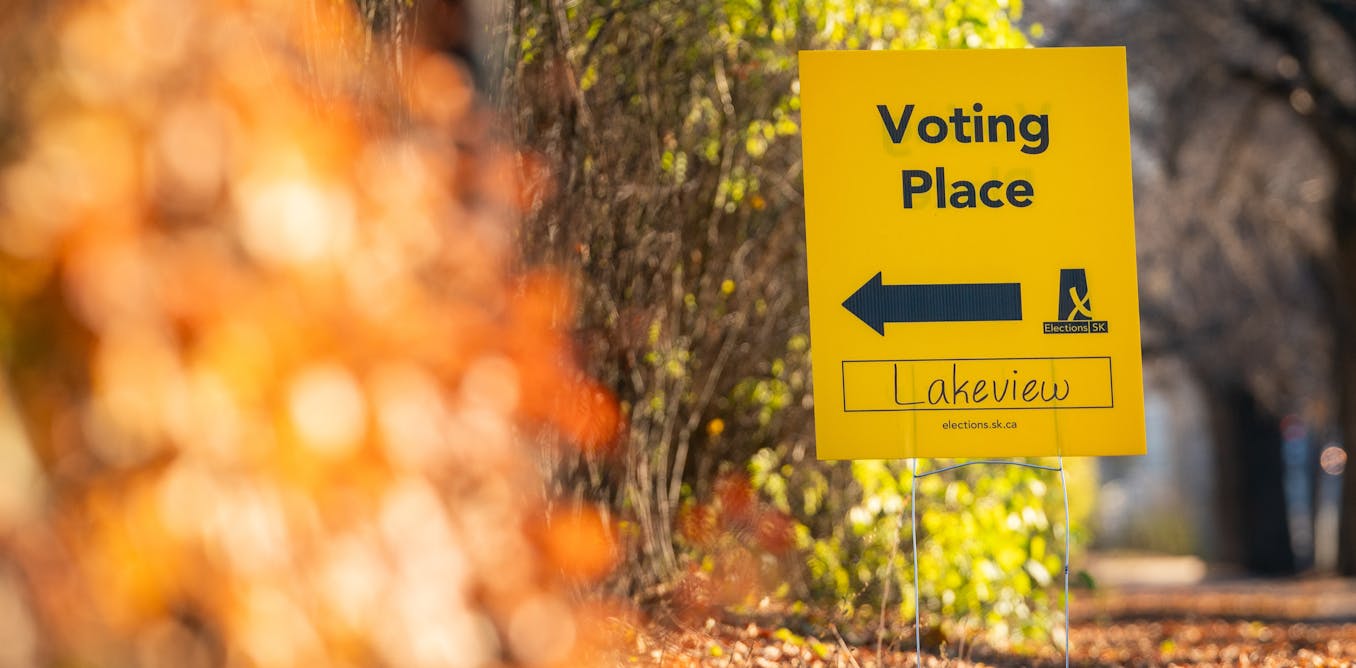It seems OP was attempting to move several addresses. Several sign ups from one source is probably an uncommon practice for typical users.
- Posts
- 4
- Comments
- 342
- Joined
- 3 yr. ago
- Posts
- 4
- Comments
- 342
- Joined
- 3 yr. ago
- JumpDeleted
Permanently Deleted
- JumpDeleted
Permanently Deleted
- JumpDeleted
Permanently Deleted
- JumpDeleted
Permanently Deleted
Privacy @lemmy.ml 10 privacy violations in the federal government’s proposed changes to the Canada Elections Act
Selfhosted @lemmy.world Network loss after 24hrs on Docker LXC
DeGoogle Yourself @lemmy.ml Proton Drive Camera Backup has Arrived!
Woodworking @lemmy.ca Another patio sectional, fresh out of the shop.




Some don't have the capital or spare parts lying around to build their own on premises server. A VPS is an easy, secure way to get started in the hobby. No need to gatekeep.